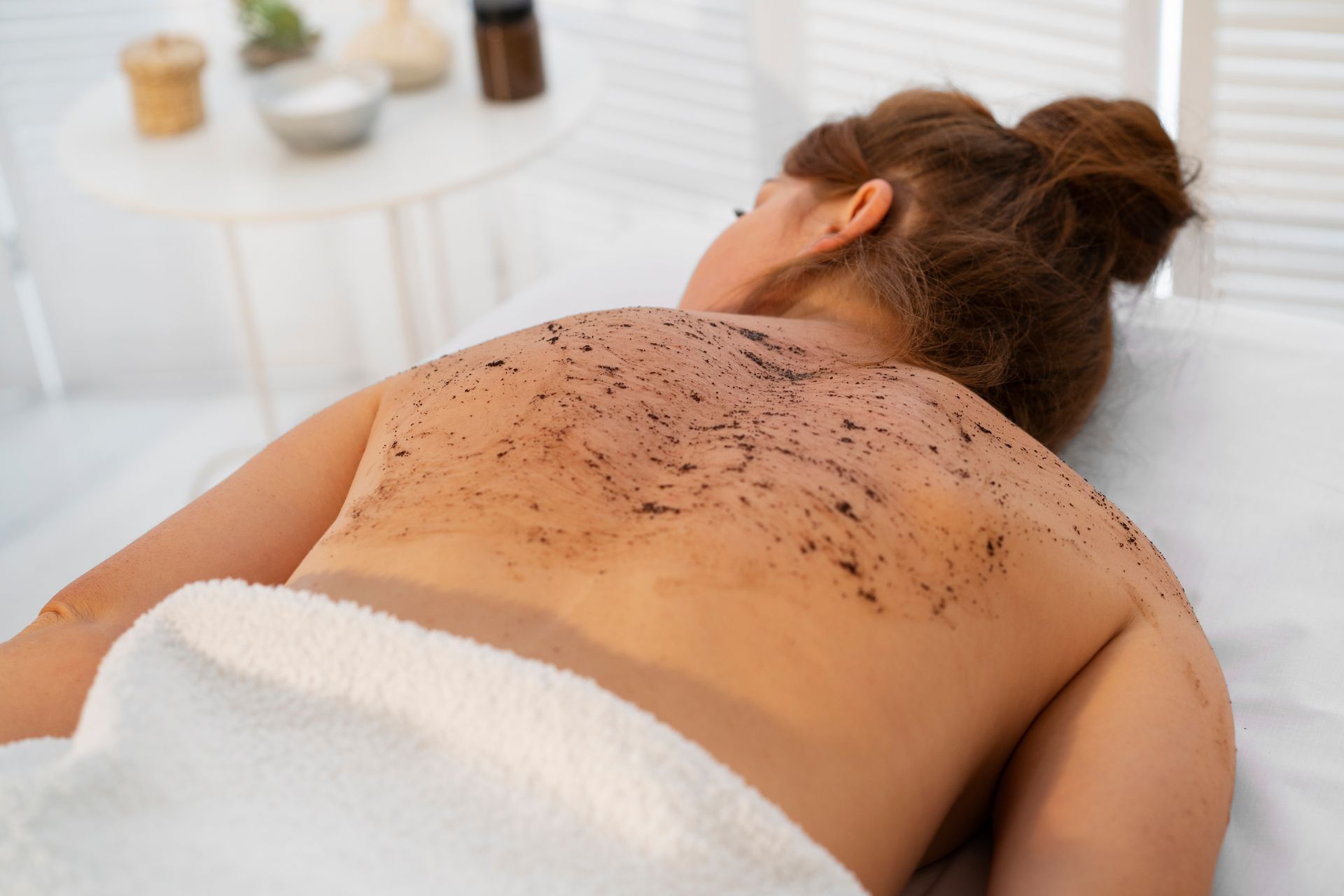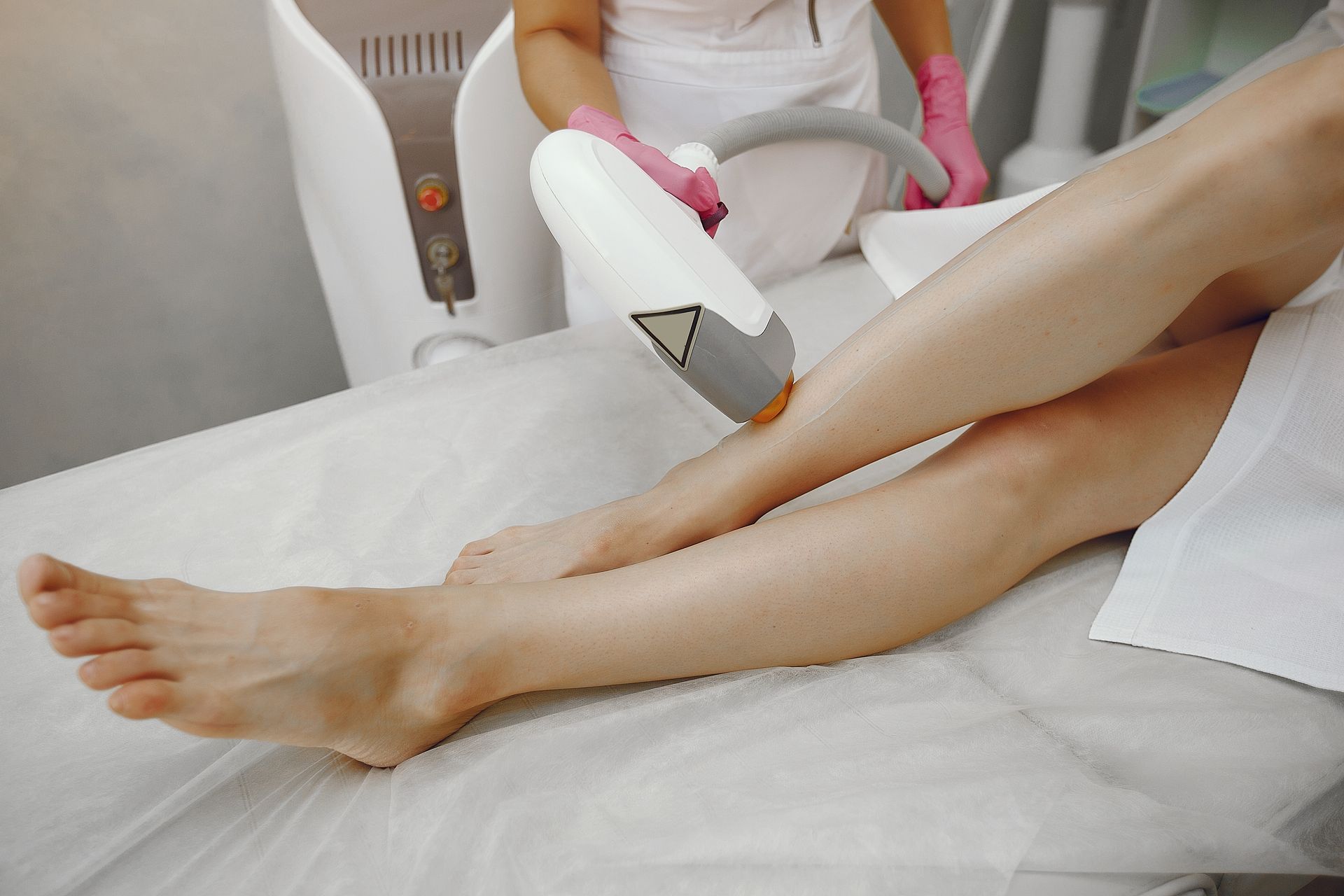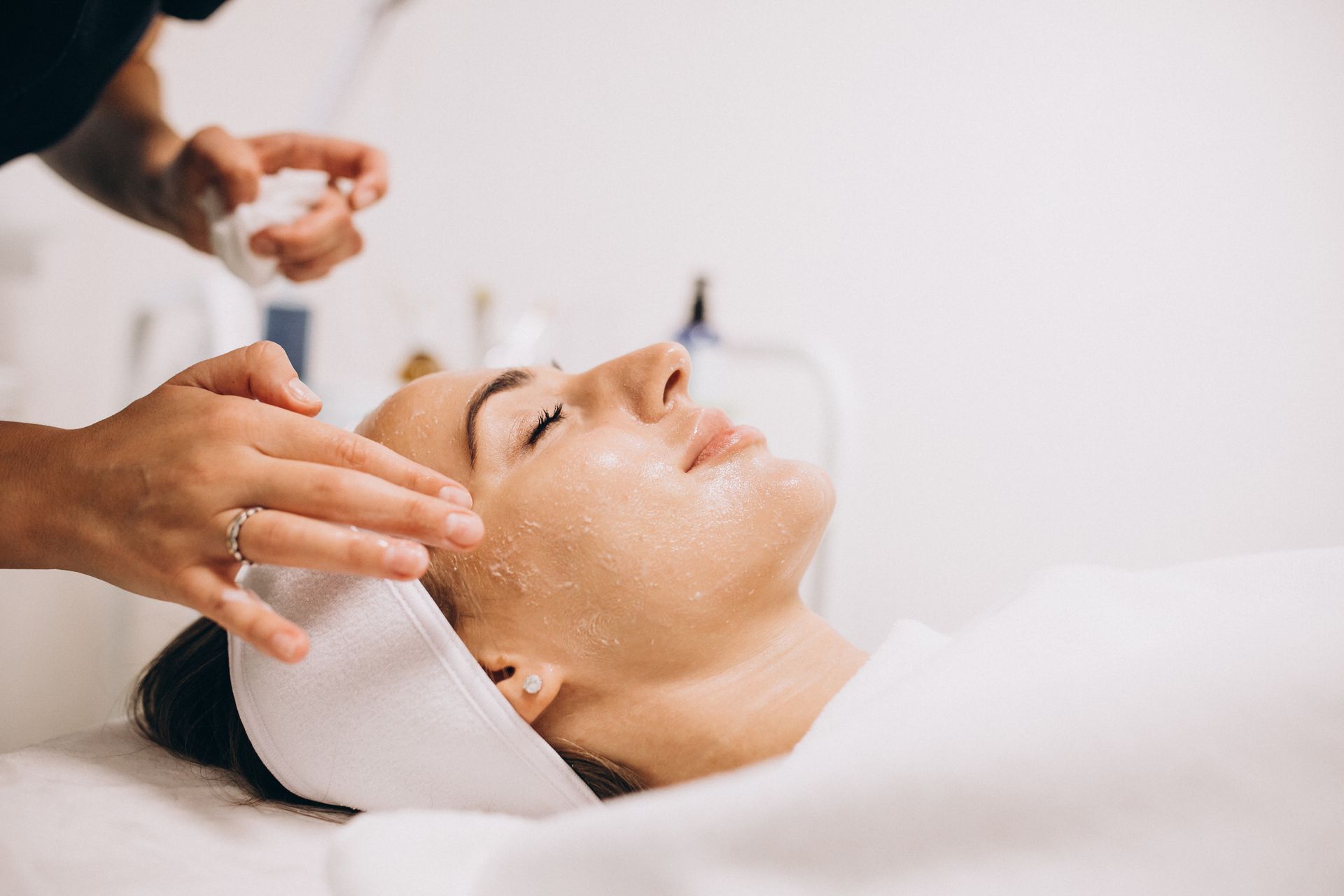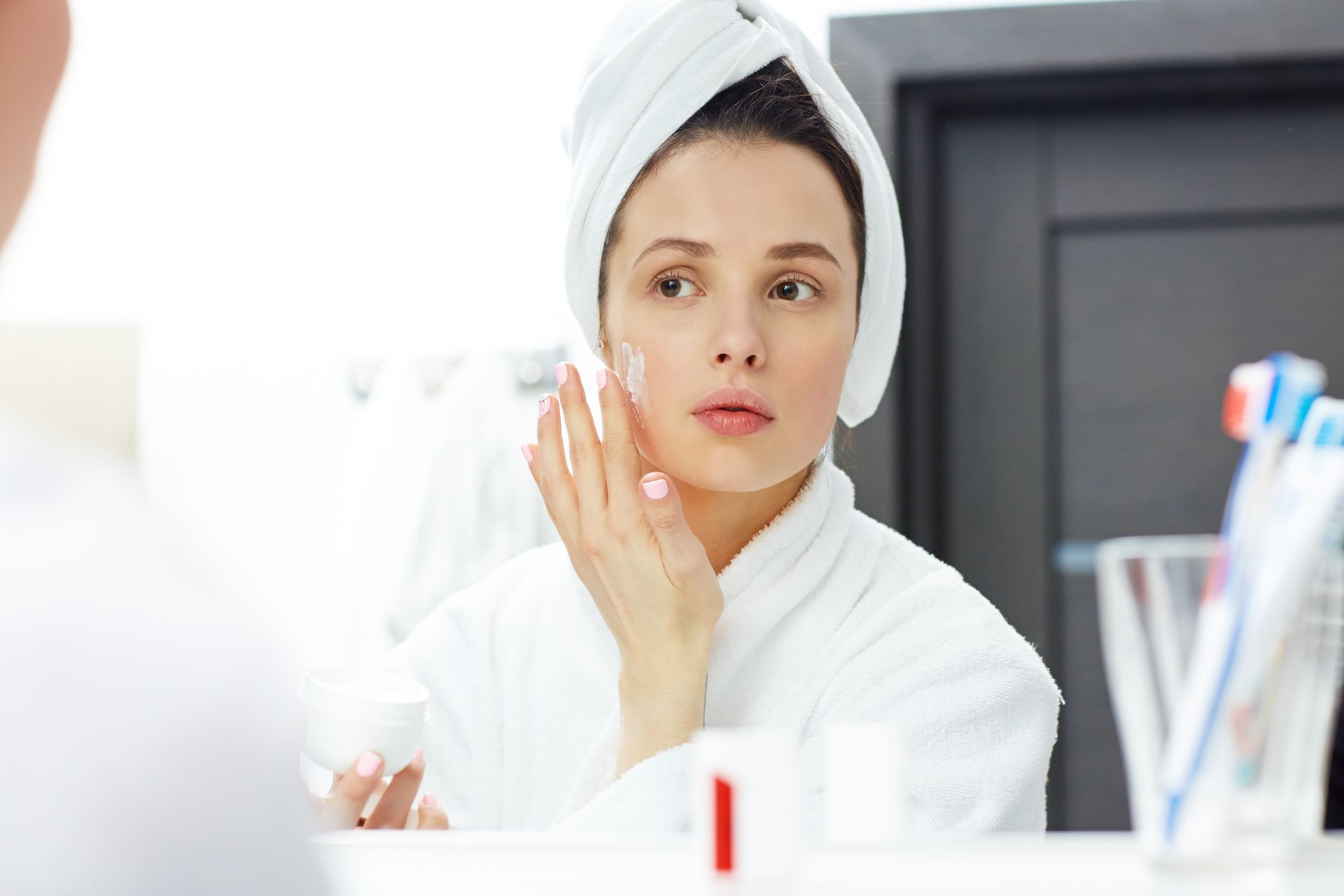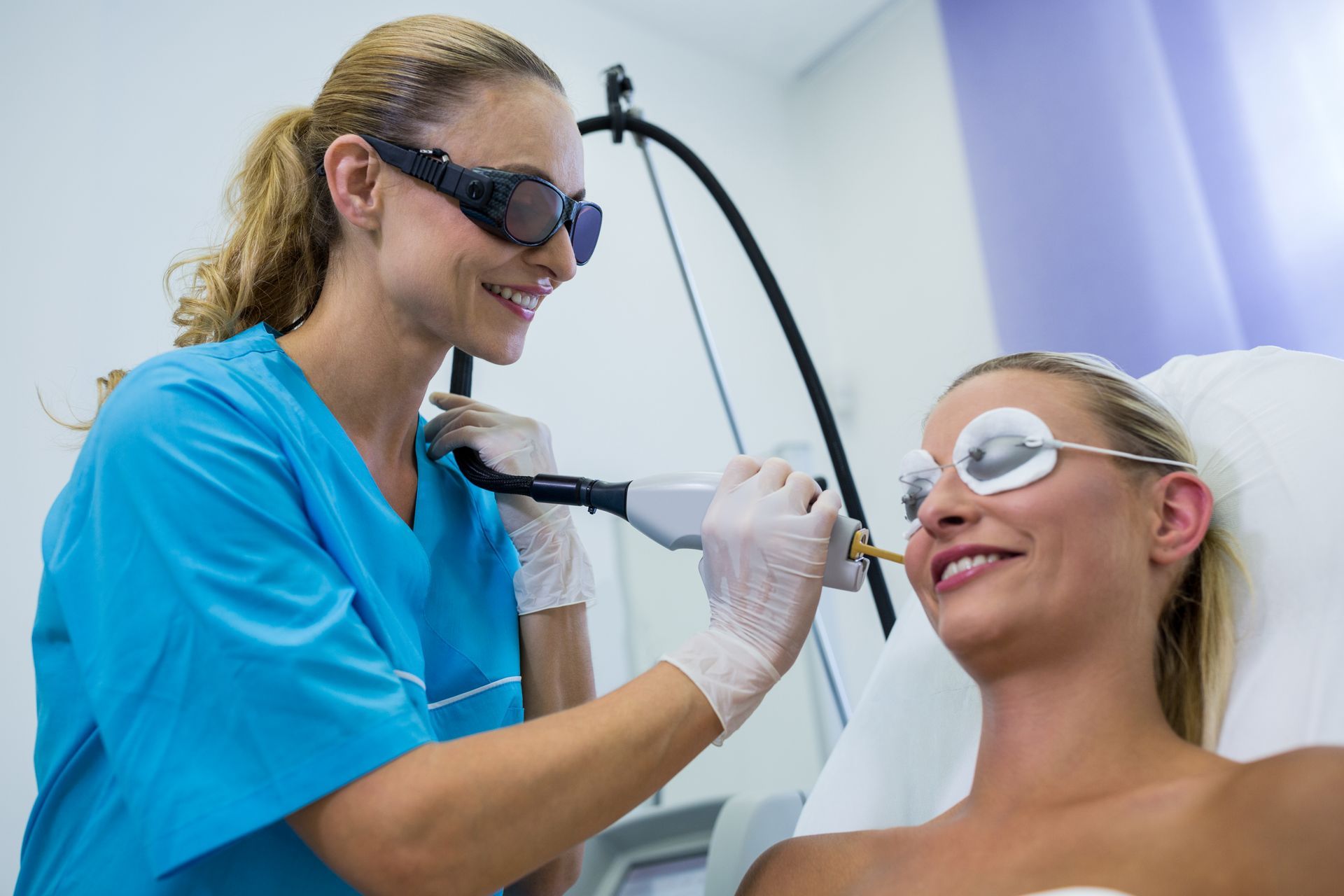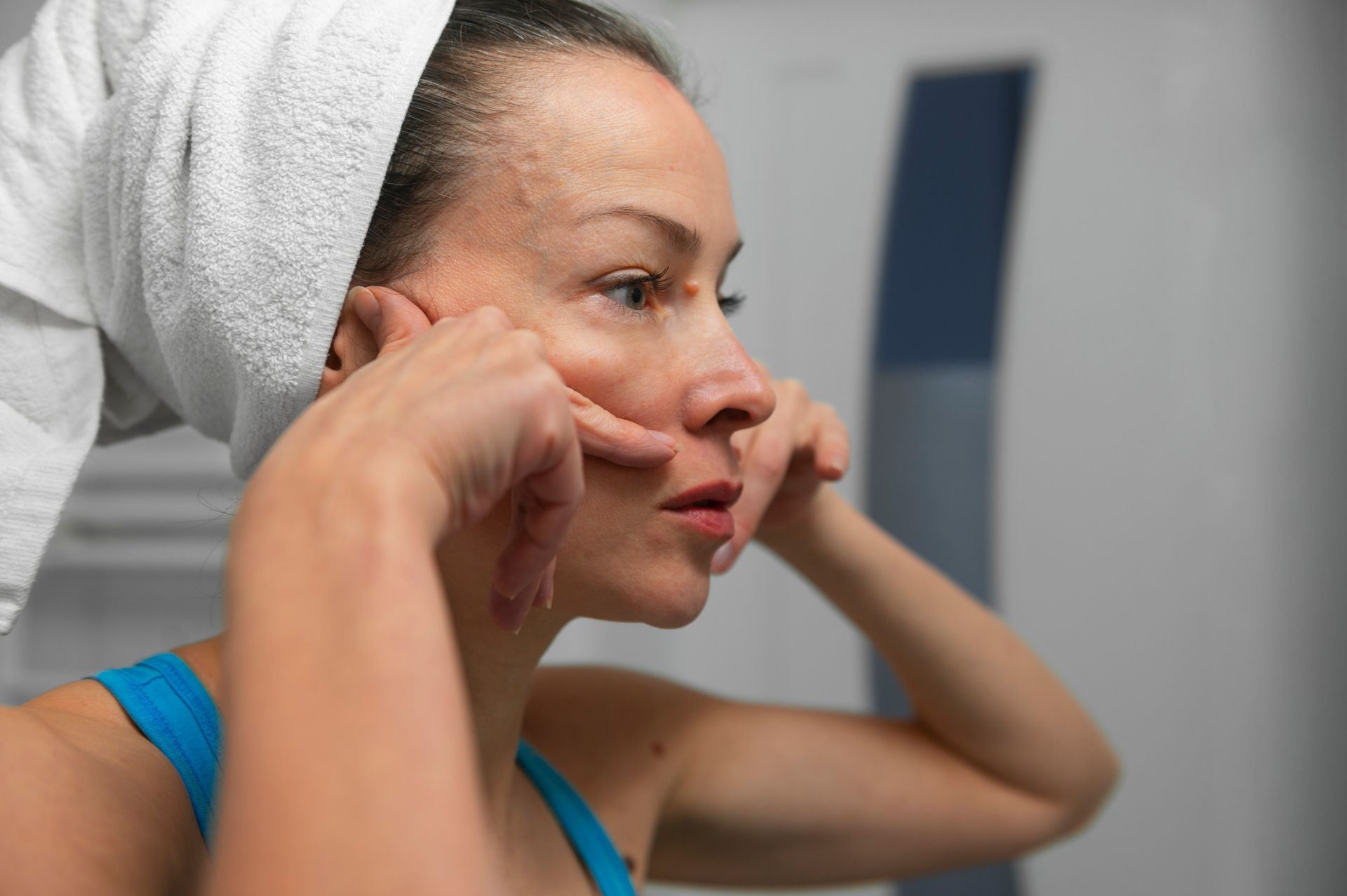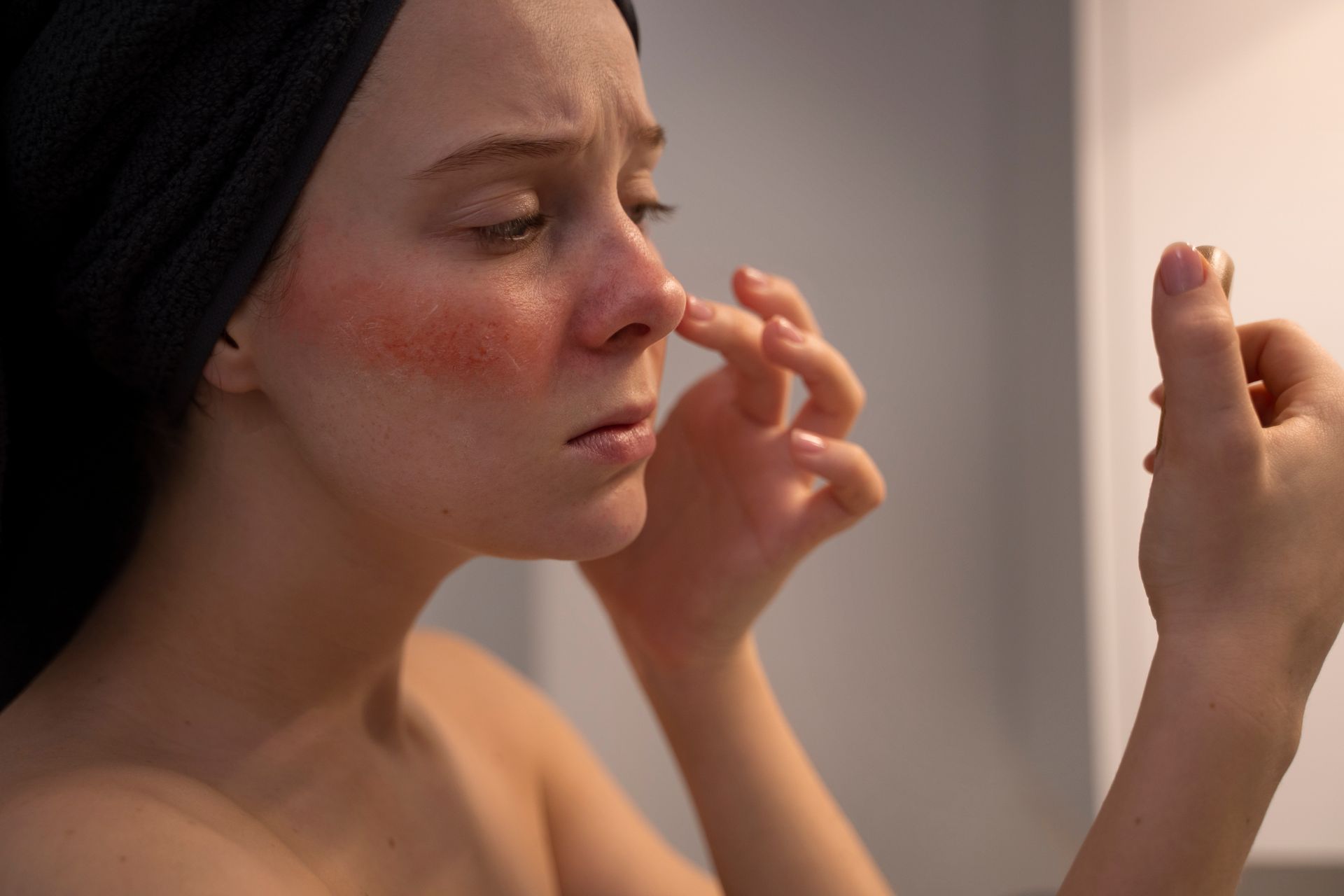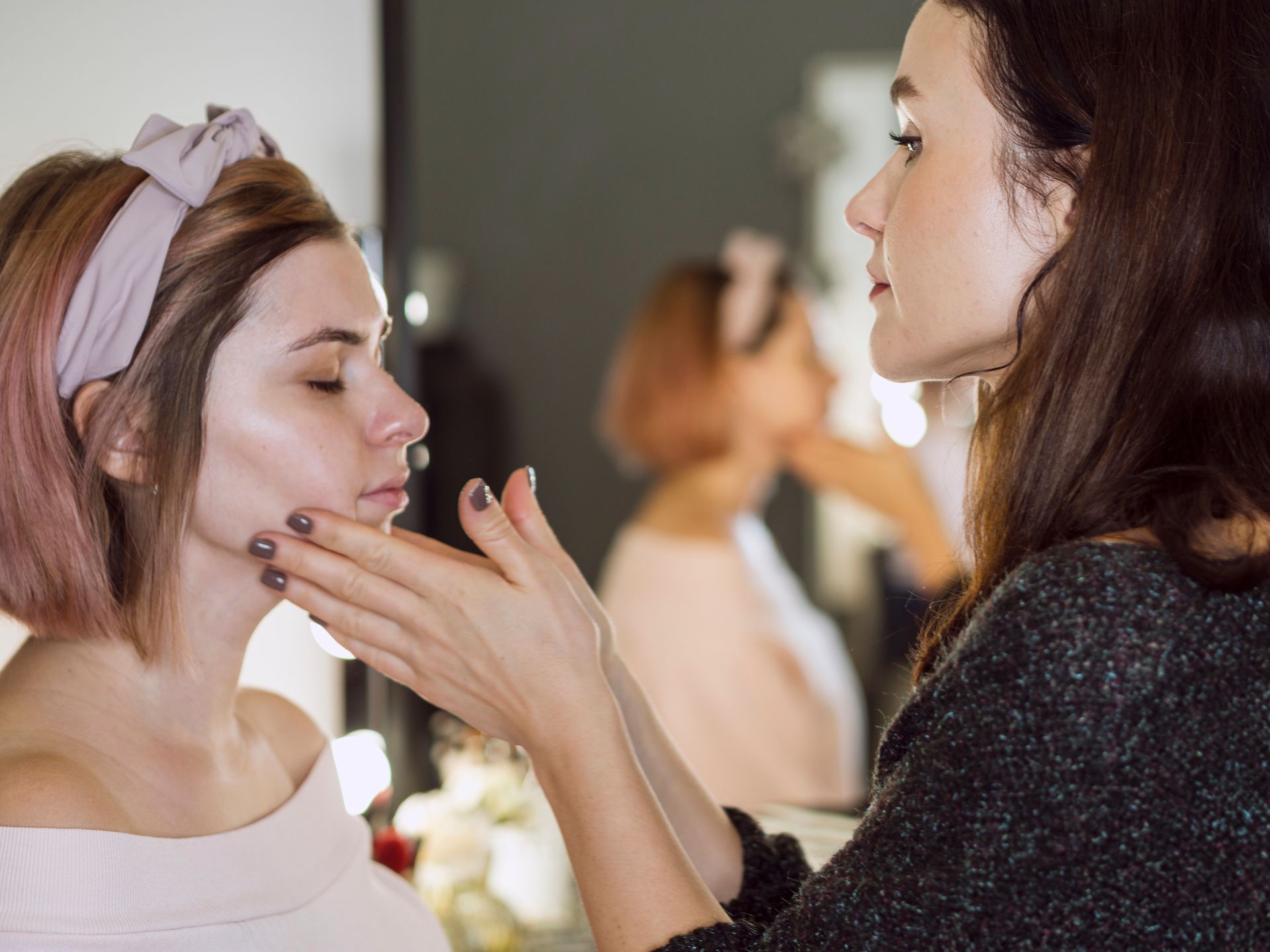How Many Sessions for Underarm Laser Hair Removal?
If you're tired of the constant shaving, razor burn, or waxing pain, underarm laser hair removal might feel like the ultimate solution. But one question comes up again and again: how many sessions do you actually need to see lasting results?
The short answer: most people need 6 to 8 sessions for full underarm laser hair removal. But the long answer? It depends on your hair, skin, hormones, and a few key factors. This article breaks down everything you need to know so you can set realistic expectations and get the smoothest results.
How Much Is Underarm Laser Hair Removal?
Why Multiple Sessions Are Necessary
Laser hair removal works by targeting the melanin (pigment) in hair follicles. But it only works when your hair is in the anagen (growth) phase—and not all your hair is in that phase at the same time.
That’s why a series of treatments spaced out every 4–6 weeks is needed. Each session targets a different set of actively growing hairs, slowly reducing the total number over time.
Typical Treatment Timeline for Underarms
For most people:
- First 1–3 sessions: You’ll start to notice slower growth, finer hair, and reduced shadow
- By session 4–6: Significant reduction in growth—some areas may already feel bare
- By session 6–8: Most coarse or dark hair is gone, with only light regrowth (if any)
After these initial treatments, touch-up sessions every 6–12 months may be needed to maintain results, especially if new hair grows due to hormones or other factors.
Factors That Affect How Many Sessions You’ll Need
While 6–8 is the average, your number may vary depending on:
1. Hair Color and Texture
Darker, thicker hair absorbs more laser energy and responds best—often needing fewer sessions
Lighter or finer hair (like blonde, red, or grey) may not respond well to standard lasers, needing more treatments or alternative methods
2. Skin Tone
The contrast between skin tone and hair color affects laser precision
Lighter skin + dark hair = ideal combination
Darker skin tones require specialized lasers (like Nd:YAG) and sometimes more sessions for safety and results
3. Hormones and Genetics
Hormonal imbalances (like PCOS) can lead to more frequent regrowth and require additional sessions
Genetic factors also influence how quickly hair returns and how much treatment is needed to suppress it
4. Laser Technology Used
Alexandrite and diode lasers are fast and effective on lighter skin tones
Nd:YAG lasers are better for darker skin tones but may take more sessions for full clearance
IPL is a cheaper alternative but often less effective than true laser systems, requiring more visits
5. Consistency of Treatments
Skipping or delaying sessions can slow progress
Following your technician’s schedule is crucial for optimal results
Does Underarm Laser Hair Removal Really Work?
Are Touch-Ups Always Required?
Even after a full course of sessions, many people experience some regrowth over time, especially due to hormones, pregnancy, or aging. However, the regrowth is typically:
- Much finer and lighter
- Slower to appear
- Less dense
Touch-ups once or twice a year can easily maintain smooth underarms.
Can You See Results After One Session?
Yes—but don’t expect miracles. One session may lead to:
- Slower regrowth in some patches
- Slight reduction in hair density
- Finer texture
Real transformation happens after multiple sessions, and being consistent is key.
What If You Stop Midway?
Stopping treatments before completing the full series means:
- Partial results
- Quicker regrowth
- Uneven patches
If you pause due to pregnancy or travel, you can resume later, but it may slightly delay the overall results.
Do You Need Numbing Cream for Laser Hair Removal?
The Bottom Line: Be Patient, Be Consistent
Underarm laser hair removal is not a one-time fix—but with a proper plan and regular treatments, it offers long-lasting smoothness with minimal upkeep.
Most people achieve dramatic results in 6 to 8 sessions, but your skin tone, hair type, and hormonal balance all play a role. Follow your technician’s advice, stick to your treatment schedule, and you’ll likely say goodbye to razors for good.
BOOK YOUR FREE SESSION
